Art4Gallery is South Kensington’s newest art space, featuring the first solo exhibition of Russian emigre artist, Liza Bobkova. There are two exhibitions planned for the spring, and three for the autumn alongside the gallery’s participation at international art fairs. Following the debut exhibition, we asked Liza Bobkova about her show, Restoration of Time.
Can you tell us about your exhibition Restoration of Time
Restoration of Time is my first ever exhibition in the UK. It features two main series, in porcelain and bronze, that both explore the role of communication in modern life. Snapshots of audio from digital messages are transposed into bronze engravings, time is scored on porcelain in dots and tallies, and so on. In the modern world we have many new ways to talk to each other, ways that are already very familiar. In Restoration of Time I wanted to shift the attention onto the aesthetic properties of digital communication, to give that kind of glitch you get from art where you see something new. The thrust of the work is in the way these beautiful, very raw materials are used to capture and explore the paradoxically intangible themes of time and communication.
The concept of materiality is central to your works. How do you choose materials for a work? Are there any materials you haven’t used that you would like to?
I’ve worked with lots of different materials, and I’ve done performance pieces and total installation too. Exploring material is one of the things I most love in art. When I lived in St. Petersburg I studied at the Stieglitz Metalworking School and after that I worked as a blacksmith for a long time. So of course, metal is a very familiar material to me. I love working with it. It’s so tactile, so expressive and fluid, and yet it is completely stable and completely strong. The metal pieces will be here long after I myself am gone. For Restoration of Time, porcelain seemed to compliment the material quality of the bronze perfectly – fragility and strength, both finding different ways to explore the themes of time and frozen communication.
Can you tell us about your methodology: from nascent concept to finished work.
At Steiglitz, the art and design academy where I graduated, we’d make so many different sketches all the time. This process has stayed pretty central to my process. An idea becomes a sketch, a sketch becomes a drawing, and then for a while that’s it. You live with it, let it germinate in the mind, for months or even a year or more. Then when it clicks and feels right you start the craftsmanship and everything goes pretty fast. With both metal and textile, the process of making is fast. But the process of finding the ideas is always pretty long.
Ambiguity plays a large part in your works. Is your intention for the interpretation of your art to be open-ended? To what extent do you think art should encourage self-reflection rather than carry a message?
I prefer art to be ambiguous. And it always is a little bit. When art is ambiguous. it compels the viewer to take part in the art themselves, because they have to interpret it and that takes work. Then it becomes more of a conversation: the artist has put down the work, and now the reader must pick it up and interpret it. In my own work I would always leave the interpretation to be open-ended, because I don’t think an artist has the last say on her art. What the viewer thinks is also very important.
Technology has had a huge influence on the arts – from branding to NFTs. In a society that is constantly presented with images and art forms, how does your work challenge this new concept of communication?
That’s a great question. One thing I try to do with my work is to look at the form of things. Form is very interesting to me. In Restoration of Time we look at the form of communication and the way it records time. This is another kind of materiality, in a way. Now the world is full of images and art forms, yes, and lots of them are very high-tech. I wouldn’t want to position my art as challenging this new concept. I have no antagonism towards such styles of art and image. But I do favour a more grounded approach to my expression, particularly in choice of material and medium. I favour classic earth materials, often raw or only lightly processed, and the specialised craftsmanship involved in bringing them to life.
Does the marriage of art and technology have longevity? NFTs, for example, had a superstar moment but the attention has since simmered down.
Who knows? Technology is a broad term and it can mean a lot of things. In that sense I’d say ‘yes, it does’, because technology will always innovate, and so will art, and therefore they have a kind of shared interest. NFTs I really can’t say about. It’s not the kind of thing I make. I prefer material art you can hold in your hands, but that’s just me. If I had to guess, NFTs are interesting and unique enough that they’ll have their moment in the light again.
Should art have a nationality?
Maybe for some people. Every artist should go their own way, I believe in all of art. But for me art has nothing to do with nationality. I think it’s better to focus on art in general. I believe that art could heal everything because you can’t make art if you think that the world is okay, that it’s good. That’s impossible. Art is always for peace lovers. When it has a nationality, that is why.
What artists will Art4 Gallery showcase in the future? Will they be exclusively Russian?
Definitely not! At Art4 we love the openness of London, its diversity. For both an artist and for an art gallery this is so important. Art4 is an international gallery and we are excited to host an international talent. So far we are still in negotiations with certain artists and I wouldn’t want to say any names until we’re certain. We’ll also be showing at art fairs, such as the Affordable Art Fair. In art all voices are welcome and ART4 aspires to be totally inclusive. Raw material craftsmanship will be the only thing that connects the art we exhibit.
Art4Gallery: https://art4.uk/

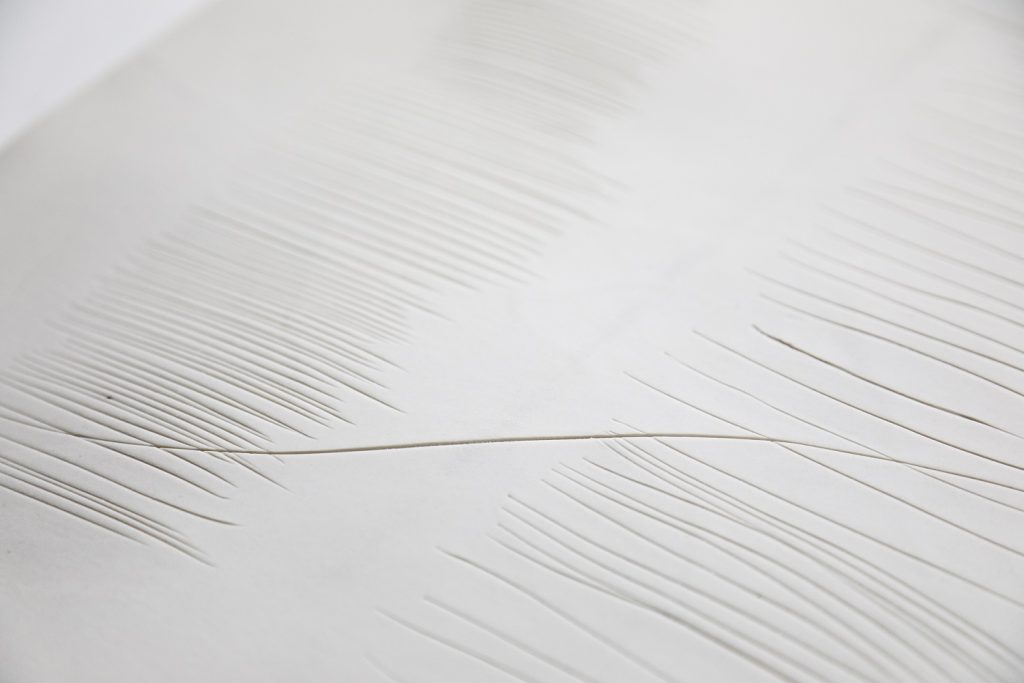
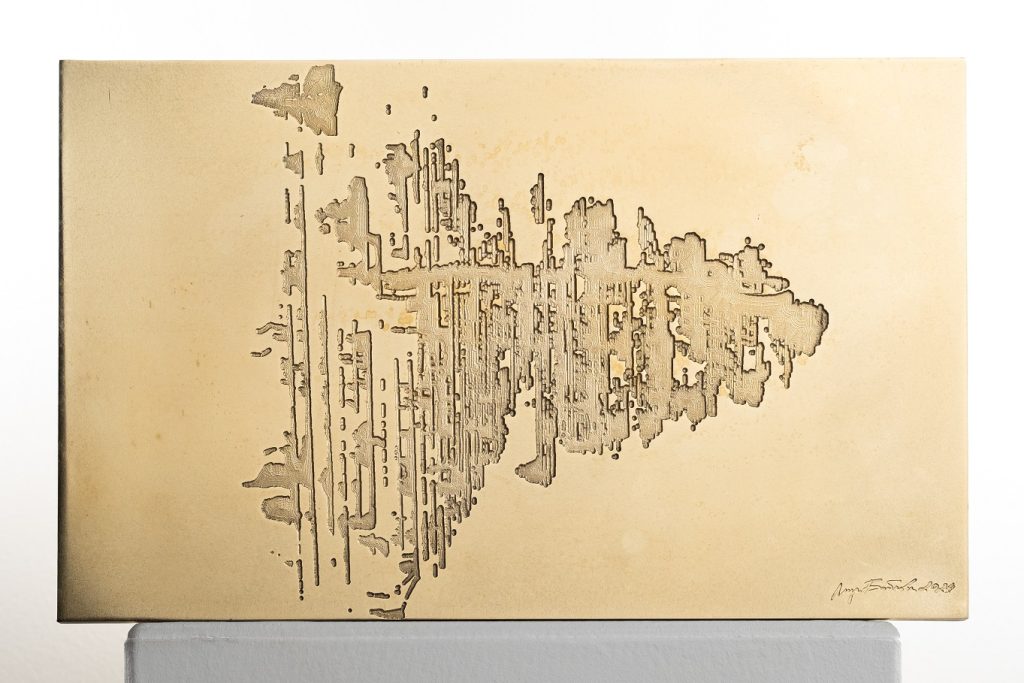
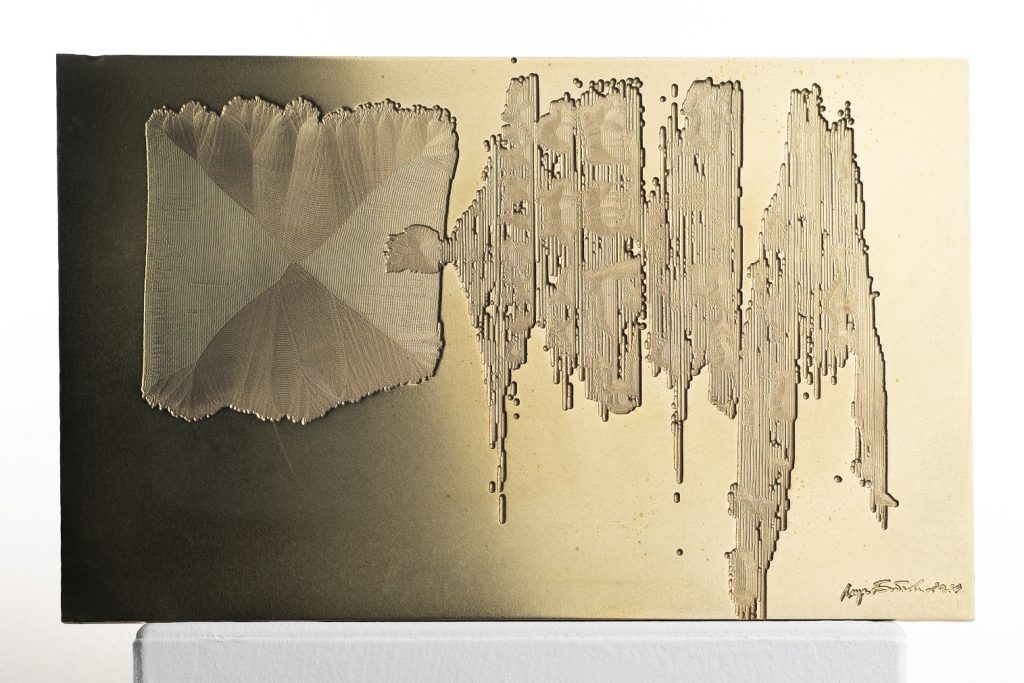
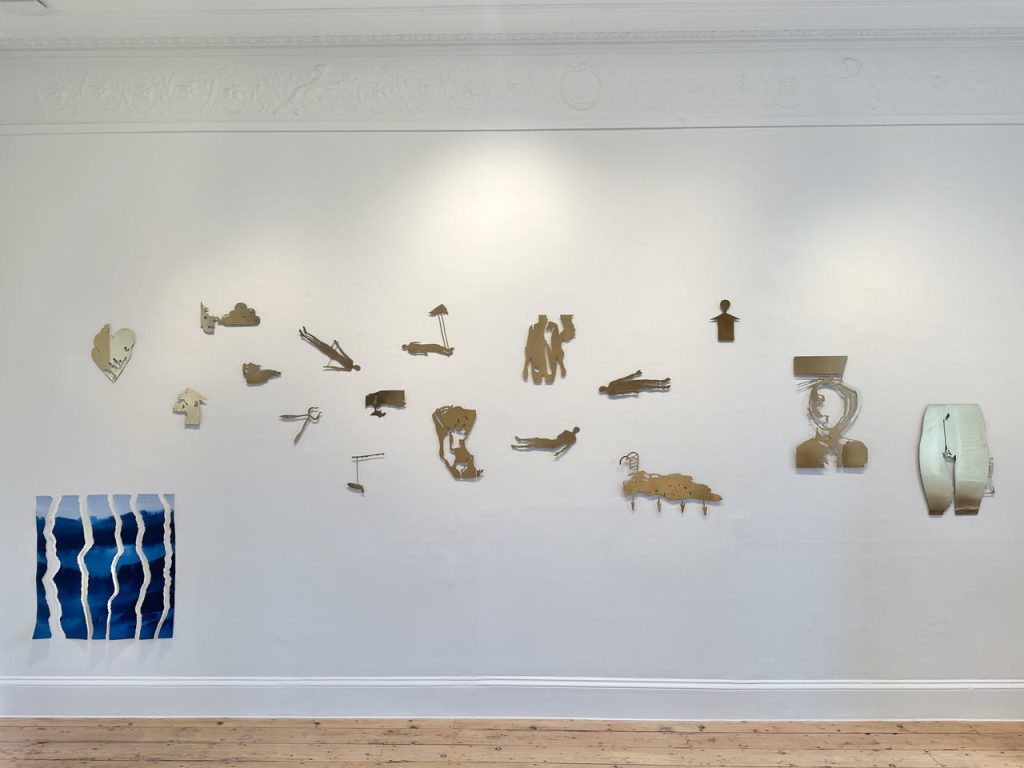
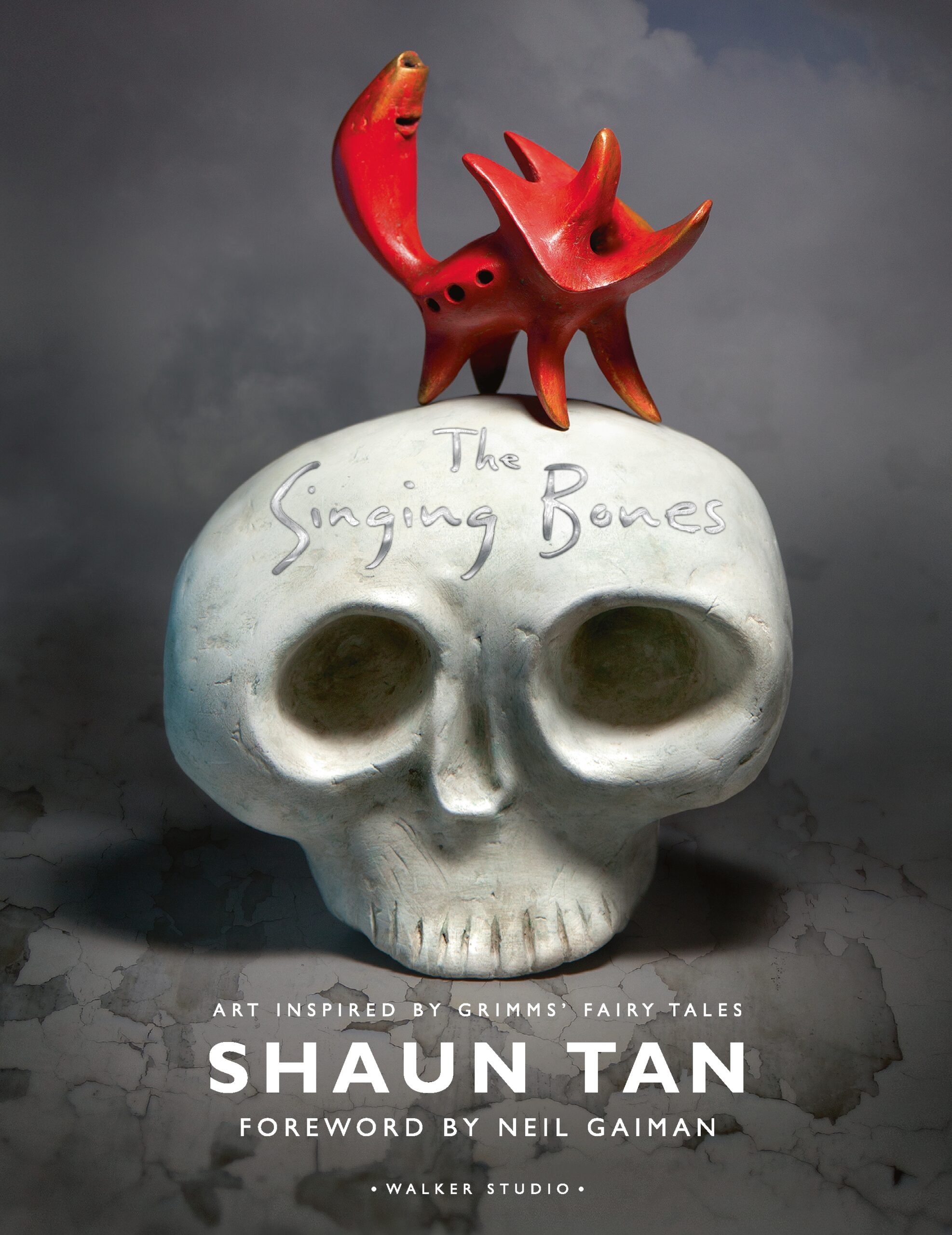
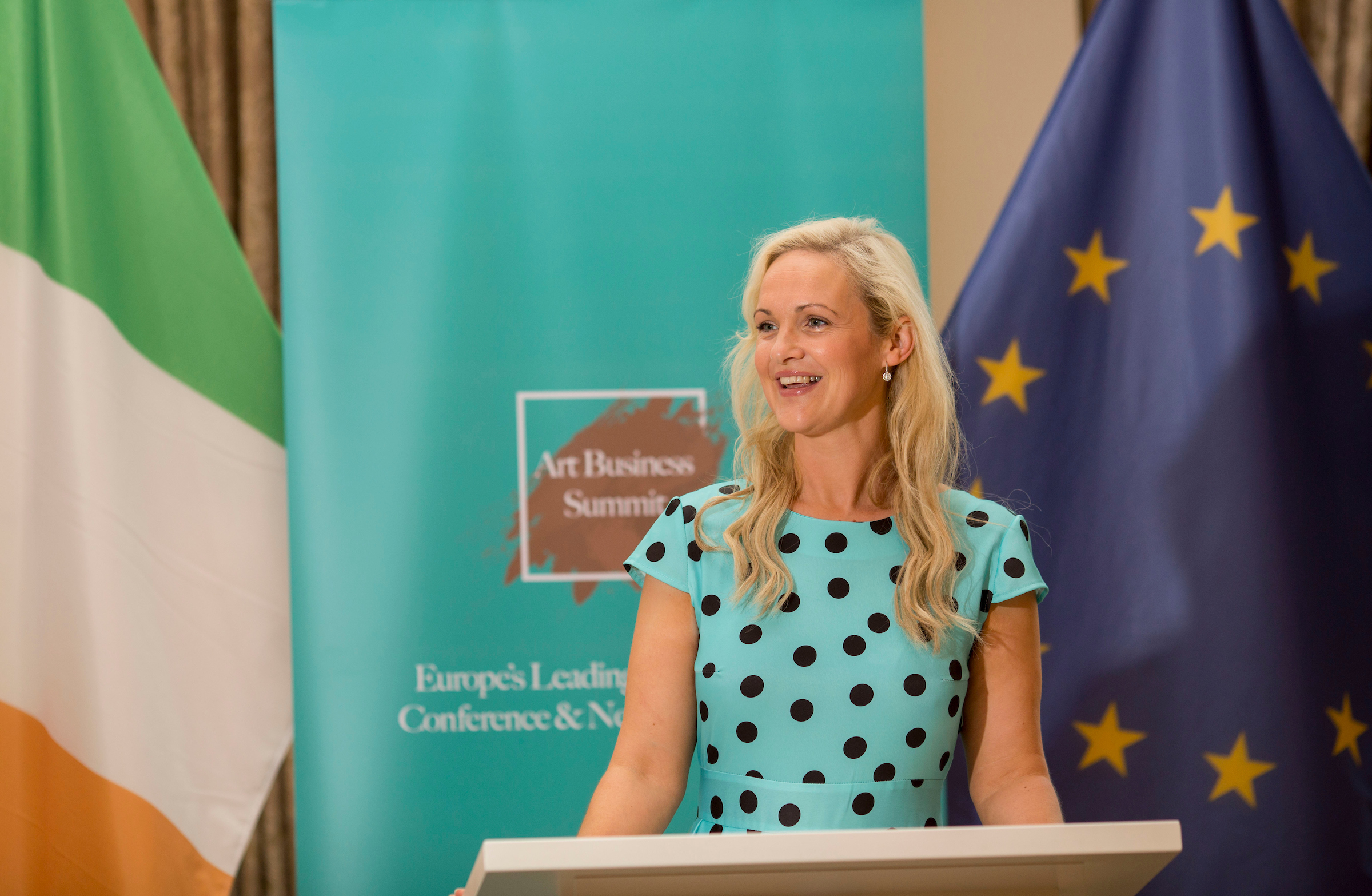

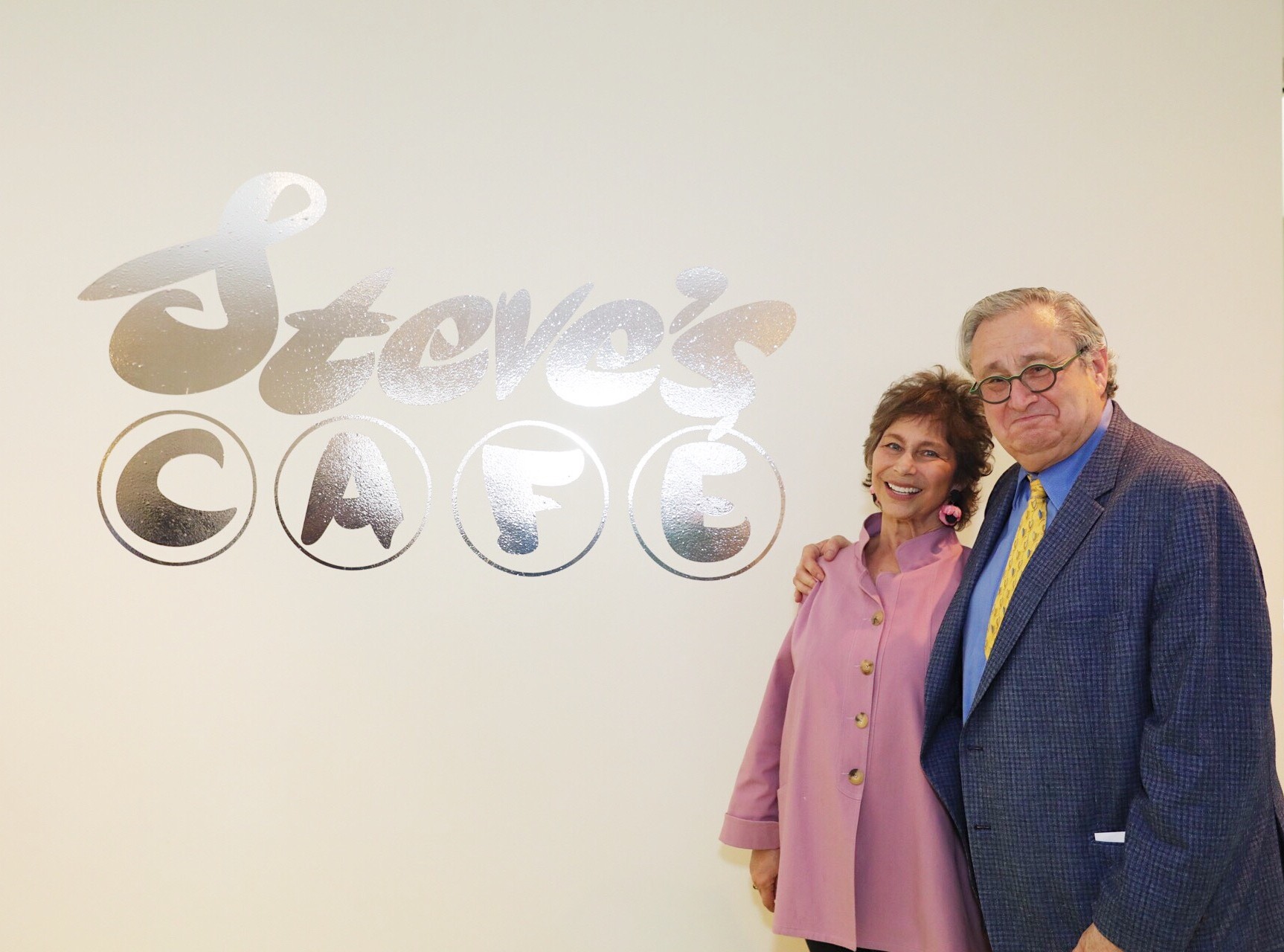
 Saving...
Saving...